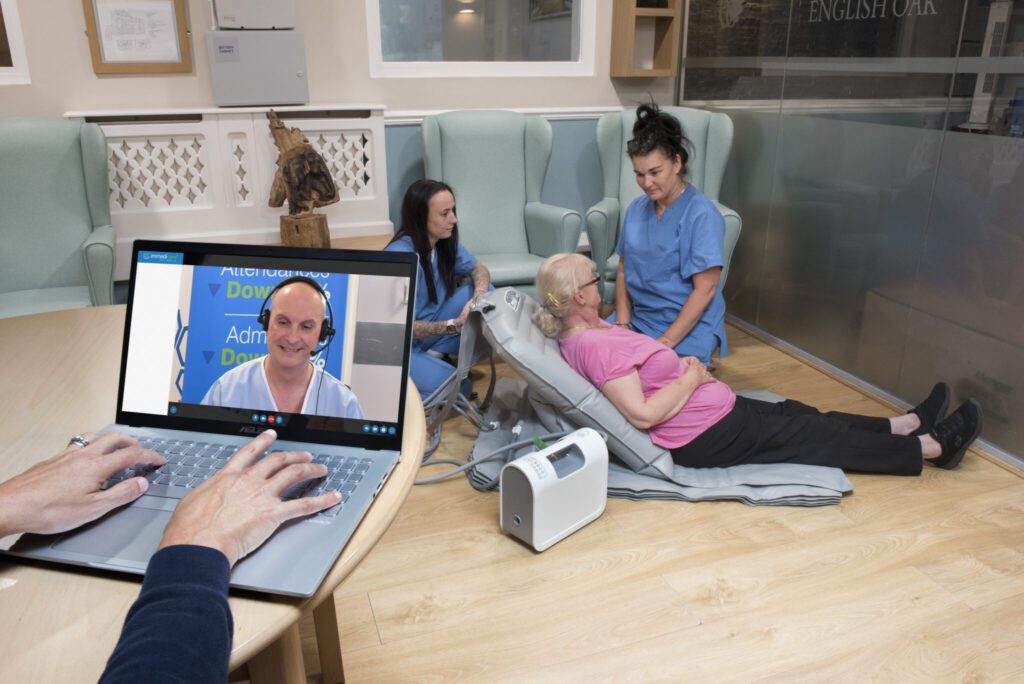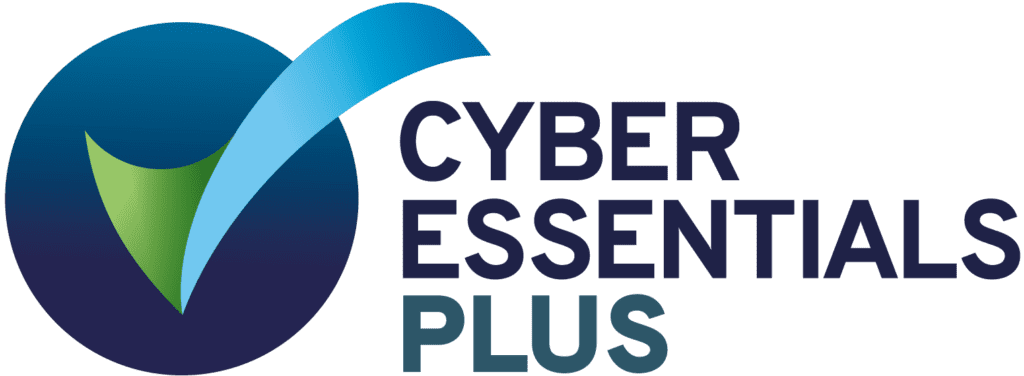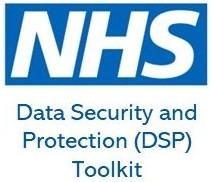A recent report,’ “Responding to falls in care homes: two innovations” by Dr Mark Hawker and River Rea from Involve, discusses how best practice in post fall management can provide time and cost savings to the wider health and social care system.
For care home residents, the consequences of falling are numerous and distressing. They include injury, fear of falling, impaired mobility, and reduced independence. These factors can contribute to a greater risk of a person falling again, and demonstrates the huge unmet need to provide appropriate post-fall support to residents to protect their long-term wellbeing.
Data from the report shows that combining benefits of Mangar’s assistive lifting technology and video-based clinical support from Immedicare, a clinical and technology partnership between Involve and Airedale NHS Foundation Trust (ANHSFT), could return costs savings of up to £3,911 per fall, whilst supporting individuals to stay in their place of residence, triaging appropriate care between local health services, reducing the number of ‘long lies’ experienced and safeguarding the lives of residents.

Dr Mark Hawker, Co-author of the report and Business Intelligence Lead, Involve, said, “The risk factors for falls in care setting are diverse and the multiplicity of elements influencing the likelihood of falls makes them incredibly difficult to eliminate entirely. For the individual, the consequences of a fall are numerous and distressing, while the repetitive lifting requirement of carers puts them at risk of musculoskeletal injury.
“The pilot studies we’ve examined demonstrate that by giving care home staff the tools to empower safe lifting reduces the time residents spend on the floor after a fall waiting for an ambulance and help to arrive. Organised and safe post fall care is better for the resident and more cost effective for the NHS.”
The report goes on to discuss the importance of reducing the risk of spreading infectious diseases by eliminating avoidable contacts. There are clear benefits of using technologies that reduce the number of external contact such as those that would be required to pick up a resident following a fall, or triaging appropriate care through telemedicine without additional in-person contact. While difficult to quantify, the reduction of contacts with healthcare workers such as paramedics, GPs and district nurses with residents is seen as essential during a pandemic.
Mangar Health CEO Simon Claridge added, “We have been working with NHS Ambulance Trusts for nearly 20 years and yet this report has been incredibly eye opening for us. We know lifting fallen care home residents is a daily challenge when prioritising ambulance calls, yet equipment and technology could easily lift the considerable pressures they are under and save the NHS millions annually.
“We would like to call on NHS England, NICE and CQC to review the dynamics involved in a resident fall detailed in this report and consider alternative care models in a post pandemic environment.”
Anyone wishing to receive a copy of the report should email hello@involve.vc.




